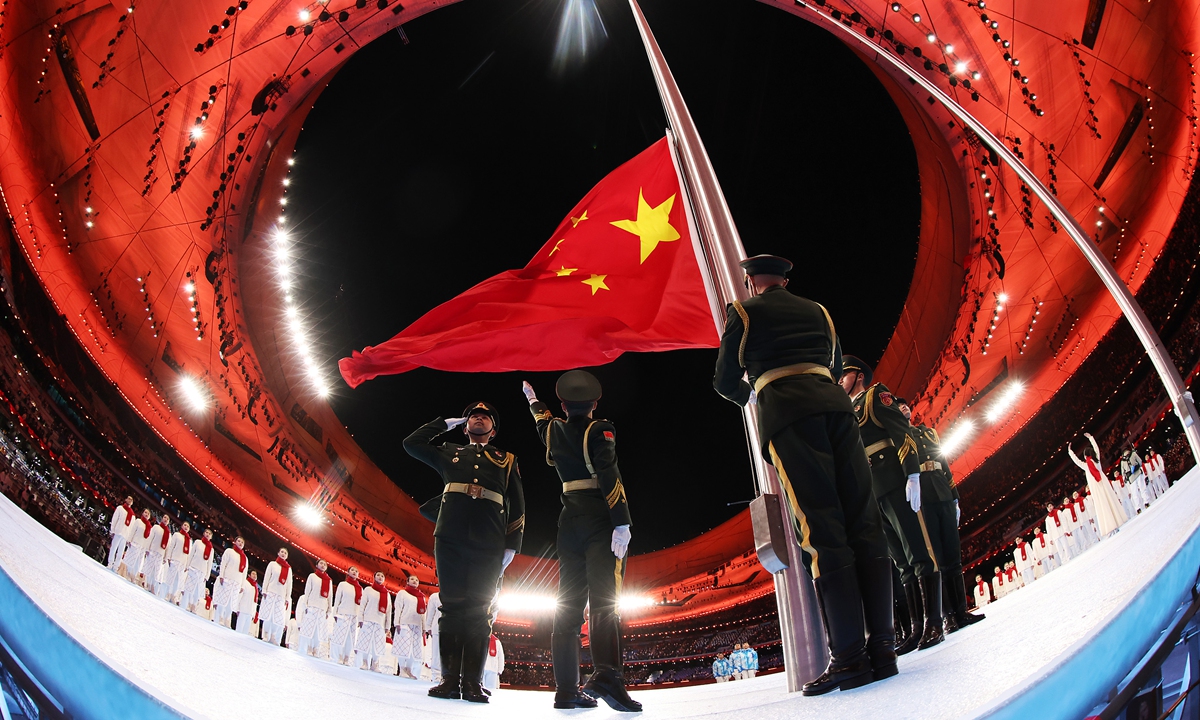
Photo: VCG
After saying goodbye to the Beijing 2022 Winter Olympics, China's capital is welcoming about 600 of the world's best Paralympic athletes for the 2022 Paralympic Winter Games as the opening ceremony was held on Friday night, becoming the first city to host both the summer and winter editions of the Paralympic Games.
Compared with the Winter Olympics, the Winter Paralympics have fewer events across six sports in two disciplines: snow sports including alpine skiing, cross-country skiing, biathlon and snowboarding, and ice sports with para ice hockey and wheelchair curling.
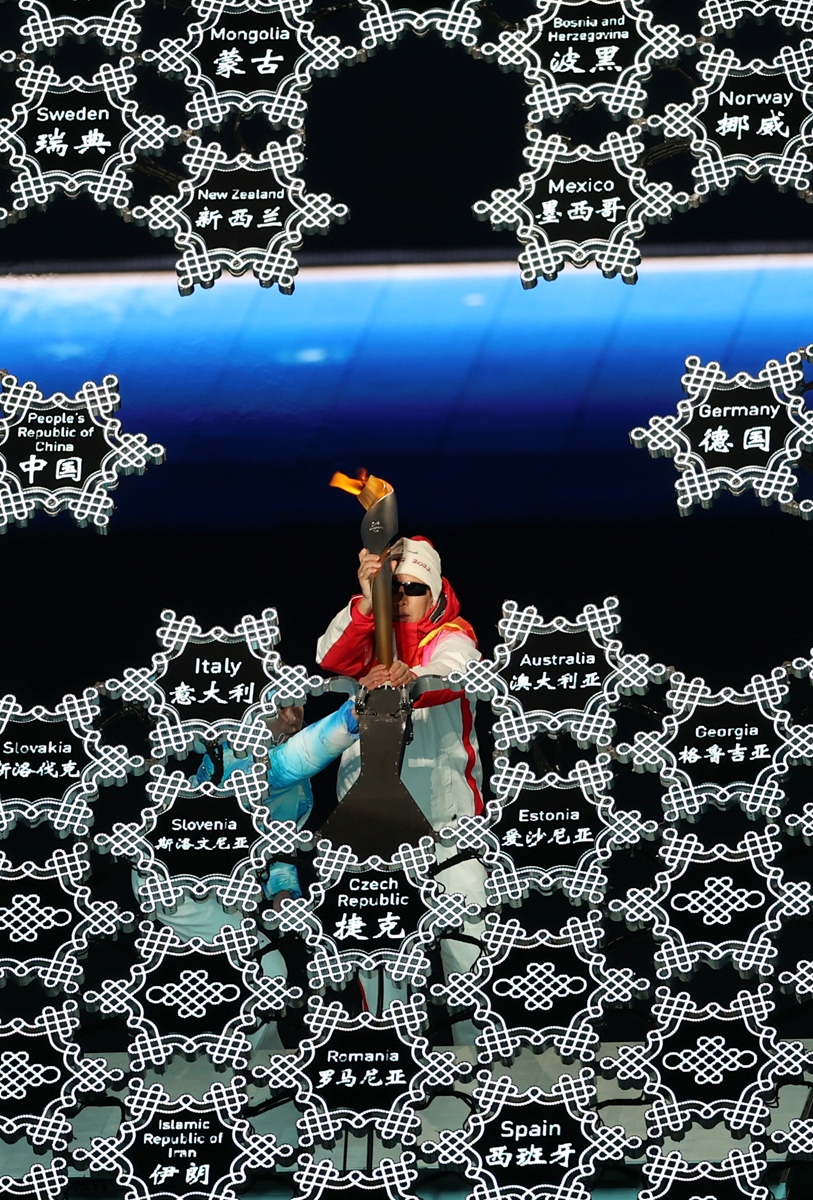
Photo: Cui Meng/GT
These events will be staged at six venues in the three competition zones of central Beijing, Yanqing and Zhangjiakou. Two of the sites, the National Indoor Stadium and the National Aquatic Center, are legacy venues from the 2008 Olympic and Paralympic Games.
The six sports at the Winter Paralympics have different rules and styles from the Winter Olympics. The athletes usually use equipment in competitions.
Para ice hockeyIce hockey is one of the most intense sports at the Winter Olympic Games because of frequent physical contact, just as in Winter Paralympics matches, with the difference that athletes need the additional gear like sticks and ice boards.
Para ice hockey follows the rules of the International Ice Hockey Federation with modifications. Instead of skates, players use double-blade sledges that allow the puck to pass beneath. Players use two sticks, which have a spike for pushing and a blade for shooting.
Both male and female athletes with a physical impairment in the lower part of the body practice the sport and can be included in the same team.
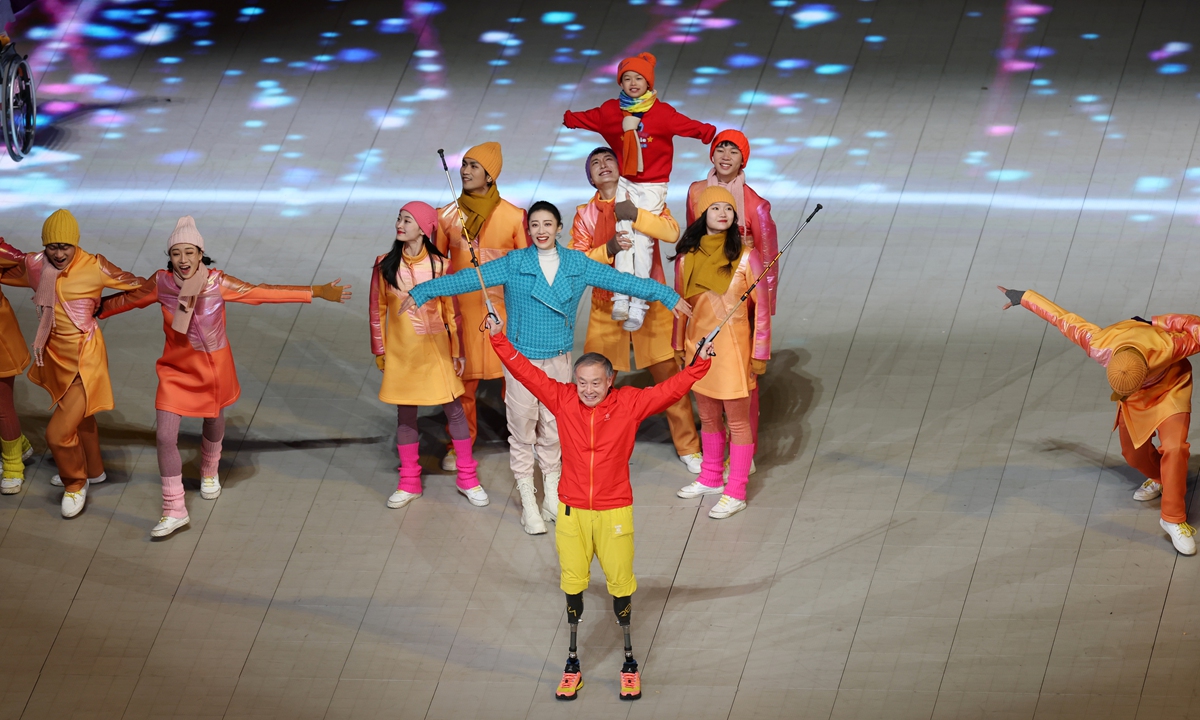
Photo: Cui Meng/GT
Wheelchair curlingWheelchair curling is played with the same rocks and on the same ice as regular curling. However, the rocks are thrown from a stationary wheelchair and there is no sweeping.
The sport can be seen as an adaptation of curling for athletes with a disability affecting their lower limbs. A team can also consist of both male and female athletes.
Alpine skiingPara alpine skiing is practiced worldwide and features six disciplines: downhill, slalom, giant slalom, super-G, super combined, and team events.
The sport accommodates male and female athletes with a physical impairment such as spinal injury, amputation and vision impairment.
Athletes compete in three categories based on their functional ability and a calculation system for the scoring allows athletes with different impairments to compete against each other.
Skiers with vision impairment are guided through the course by a partner guide using signals to indicate the course. Some athletes use equipment that is adapted to their needs like a single ski, a sit ski or orthopedic aids.
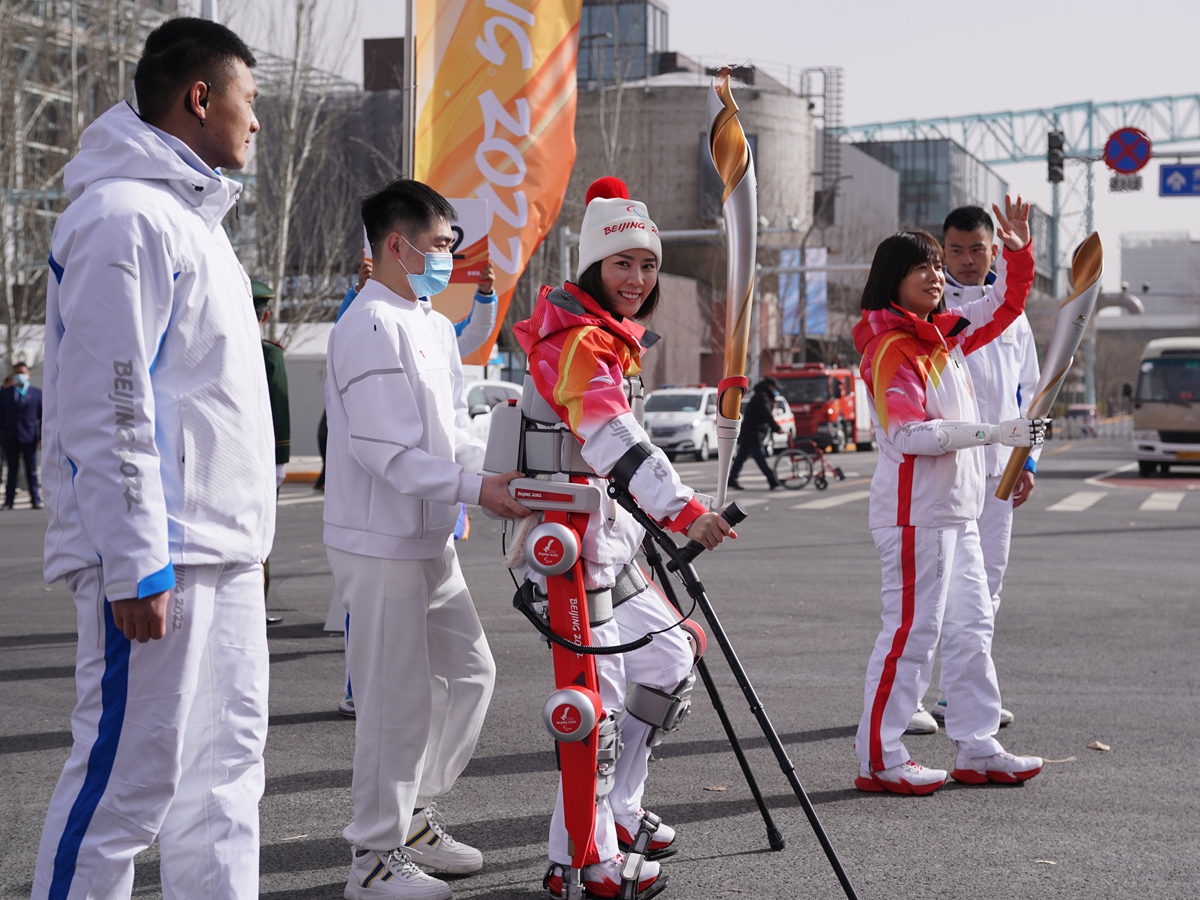
Photo: VCG
BiathlonThe adaption of biathlon for athletes with a disability has three parts: standing events, sitting events for wheelchair users and events for visually impaired athletes.
In biathlon, athletes with vision impairment use rifles which make a sound to help them aim.
Depending on the intensity of the signal, the noise indicates when the athlete is on target.
The size of the target for athletes with vision impairment is 21 millimeters, while for athletes with physical disability, it is 13 millimeters.
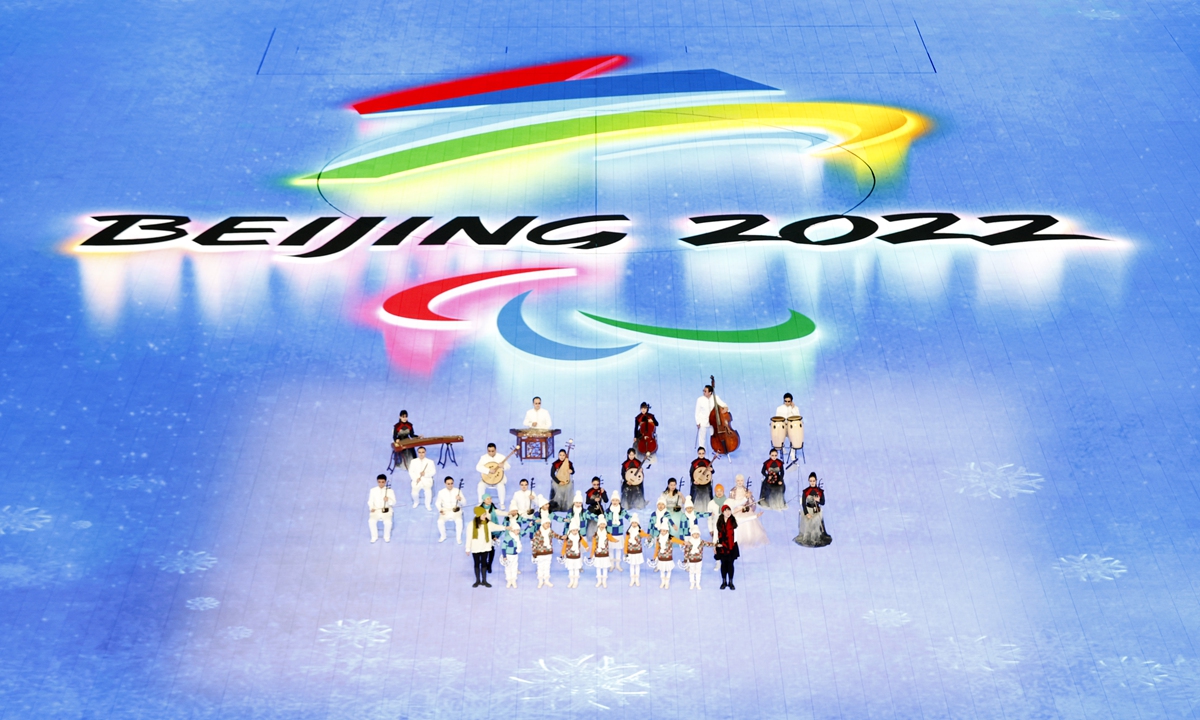
Photo: VCG
SnowboardingIn para snowboarding, athletes use equipment that is adapted to their needs.
Athletes with a disability such as spinal injury, cerebral palsy and amputation all can compete in this sport.
With the right equipment, athletes can fly on the snow just as in the Winter Olympics.
Cross-country skiingParalympic cross-country skiing also includes standing events, sitting events for wheelchair users and events for visually impaired athletes.
Athletes in different events are allowed to use special equipment in the competition. Using a sit ski, which has a chair supported with a suspension over a pair of skis that ride in a track, skiers can compete in a sitting position while standing skiers use conventional cross-country racing skis.








